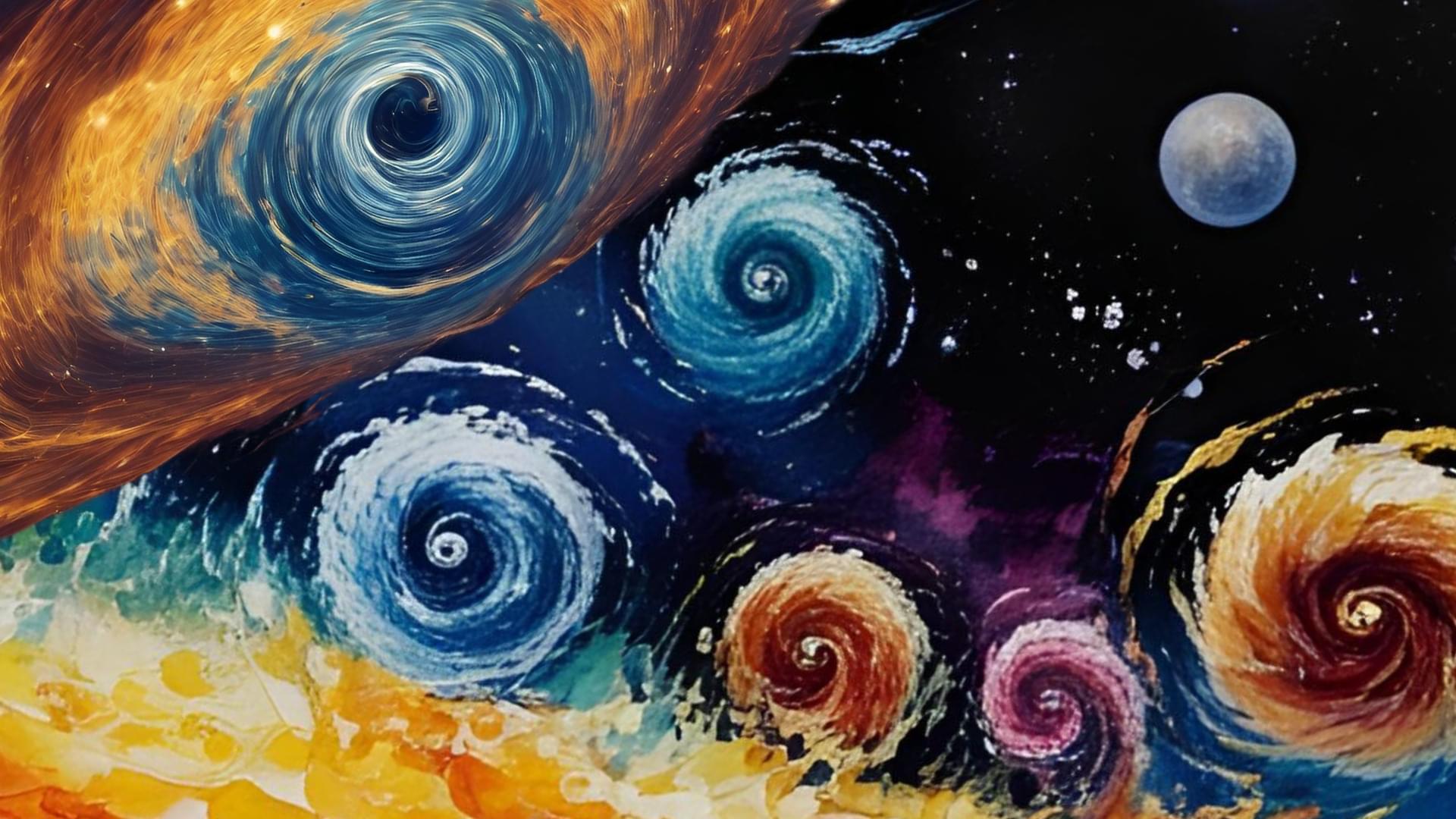“The new model can account for both structure formation and stability, and the key observational properties of the expansion of the universe at large, by enlisting density singularities in time that uniformly affect all space to replace conventional dark matter and dark energy,” research author Richard Lieu, a physics professor at The University of Alabama in Huntsville, said in a statement.
The dark universe is poses such a huge conundrum for scientists because it suggests that only 5% of the matter and energy in the cosmos comprises what we see around us on a day-to-day basis in stars, planets, moons, our bodies — and everything else, really.
In other words, we have no idea what the other 95% of the cosmos is.
